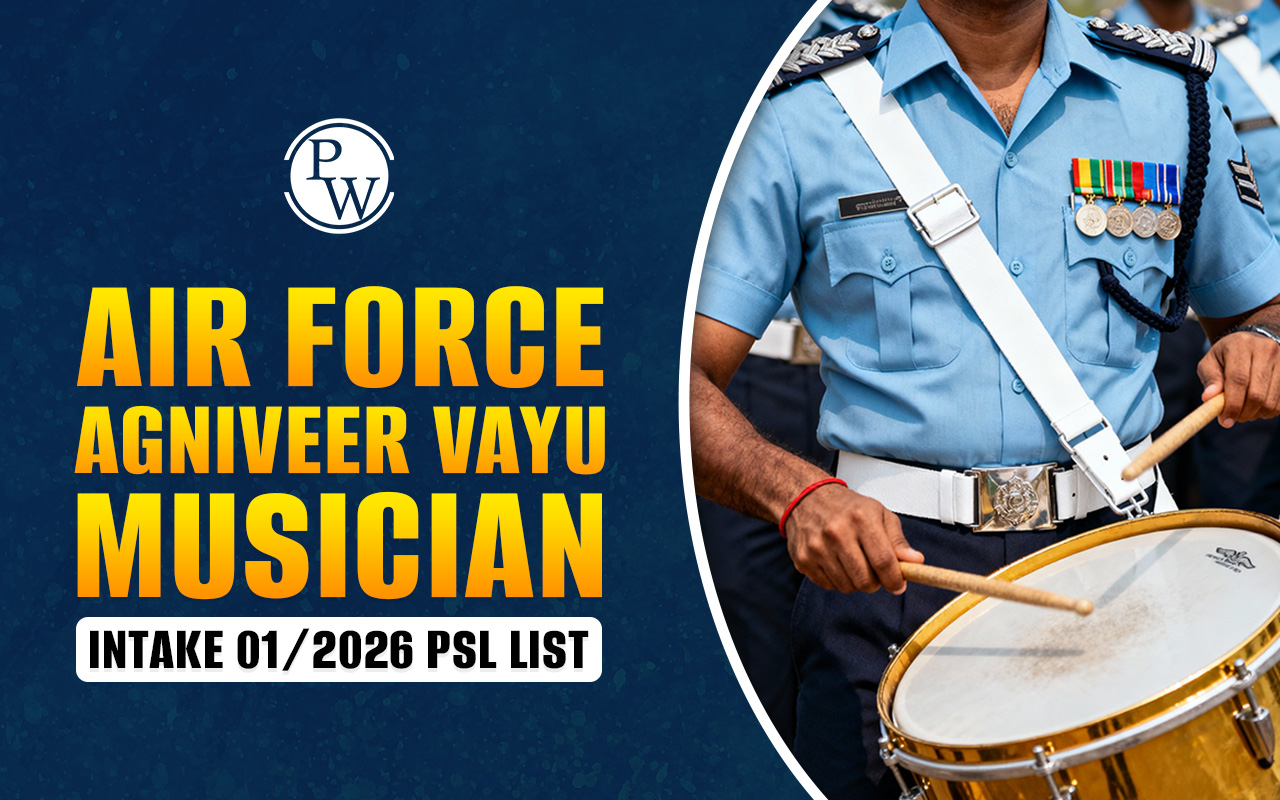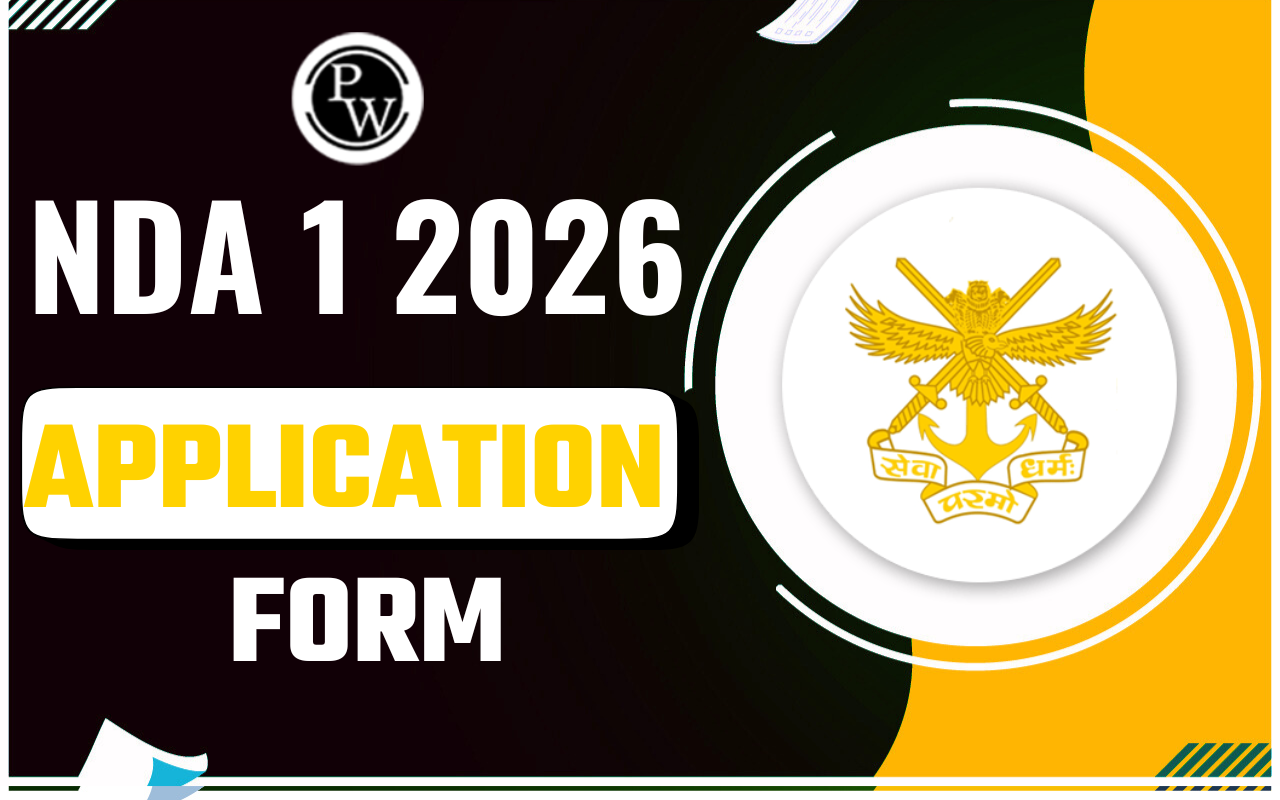
Types of Submarines in India: India, as a maritime power, maintains a robust submarine fleet to protect its interests in the Indian Ocean region and beyond. The Indian Navy operates a mix of conventional and nuclear-powered submarines, which are important for surveillance, reconnaissance, and deterrence. This article delves into the types of submarines in India, categorized based on their propulsion systems and roles.
Types of Submarines in India
The Indian Navy's submarine fleet can be broadly classified into the following types:- Conventional Submarines (Diesel-Electric Submarines)
- Nuclear Submarines
1. Conventional Submarines (Diesel-Electric Submarines)
These submarines use diesel engines for propulsion on the surface and electric motors powered by batteries for underwater operations. They are often referred to as Attack Submarines (SSK) .Features of Conventional Submarines
- Operate silently underwater.
- Best suited for short- to medium-range operations.
- Require periodic surfacing to recharge batteries.
- Cost-effective compared to nuclear submarines.
Conventional Submarines in the Indian Navy
| Class | Origin | Number in Service | Key Features |
|---|---|---|---|
| Sindhughosh Class | Russia | 10 | Equipped with Klub-S cruise missiles. |
| Shishumar Class | Germany | 4 | Optimized for coastal defense and surveillance. |
| Kalvari Class | France (Scorpene) | 6 (Planned) | Features Air-Independent Propulsion (AIP) systems for extended underwater endurance. |
2. Nuclear Submarines
Nuclear-powered submarines are propelled by nuclear reactors, allowing them to operate underwater for extended durations without surfacing. These submarines are classified as Ballistic Missile Submarines (SSBN) and Attack Submarines (SSN) .Features of Nuclear Submarines
- Unlimited underwater endurance.
- High speed and deep diving capability.
- Serve strategic and tactical roles.
Nuclear Submarines in the Indian Navy
| Type | Class/Name | Origin | Key Features |
|---|---|---|---|
| Ballistic Missile Submarines (SSBN) | Arihant Class | India (Indigenous) | Equipped with K-15 and K-4 nuclear-capable missiles; part of India’s nuclear triad. |
| Attack Submarines (SSN) | INS Chakra (Akula Class) | Russia | Leased for 10 years; primarily used for training and tactical missions. |
Detailed Overview of Submarine Classes
India's submarine fleet is a mix of technologically advanced platforms tailored to meet strategic and tactical requirements. Each class of submarine, whether conventional or nuclear-powered, brings unique capabilities, from coastal defense to deep-sea deterrence. This section provides an in-depth look at the key submarine classes in the Indian Navy, highlighting their origins, roles, and advanced features.1. Sindhughosh Class (Kilo-Class)
- Origin : Russia
- Role : Attack submarine (SSK)
-
Specifications
:
- Displacement: 3,000 tons
- Armament: Torpedoes, Klub-S cruise missiles
- Notable Features : Known for their stealth capabilities and advanced weapon systems.
2. Shishumar Class
- Origin : Germany
- Role : Attack submarine (SSK)
-
Specifications
:
- Displacement: 1,500 tons
- Armament: Torpedoes
- Notable Features : Built with German collaboration; suited for shallow-water operations.
3. Kalvari Class (Scorpene-Class)
- Origin : France
- Role : Attack submarine (SSK)
-
Specifications
:
- Displacement: 1,600 tons
- Armament: Torpedoes, Exocet anti-ship missiles
- Notable Features : Equipped with state-of-the-art stealth technologies and Air-Independent Propulsion (AIP) systems.
4. Arihant Class (SSBN)
- Origin : Indigenous (India)
- Role : Strategic deterrence
-
Specifications
:
- Displacement: 6,000 tons
- Armament: Nuclear-capable K-15 and K-4 missiles
- Notable Features : Central to India's nuclear triad, ensuring second-strike capability.
5. INS Chakra (Akula-Class SSN)
- Origin : Russia (leased by India)
- Role : Attack submarine (SSN)
-
Specifications
:
- Displacement: 12,000 tons
- Armament: Torpedoes, cruise missiles
- Notable Features : Advanced sonar and stealth systems; primarily used for training.
Importance of Submarines in India’s Naval Strategy
Submarines play an important role in India’s naval strategy, ensuring maritime security and enhancing power projection. These stealthy platforms provide a strategic edge for deterrence, coastal defense, and safeguarding vital trade routes, making them indispensable for a robust and modern navy.- Strategic Deterrence : Nuclear submarines like the Arihant Class enhance India’s nuclear deterrence as part of its nuclear triad.
- Maritime Security : Diesel-electric submarines protect India’s vast coastline and Exclusive Economic Zone (EEZ).
- Force Projection : Submarines ensure India’s presence in critical areas like the Indian Ocean and beyond.
- Surveillance and Intelligence : Submarines play a crucial role in monitoring enemy movements and safeguarding trade routes.
Future of India’s Submarine Fleet
India is actively modernizing its submarine fleet to counter regional threats and maintain maritime dominance. The Project 75I program aims to build six new-generation submarines with advanced stealth and combat capabilities. Additionally, India plans to induct more SSBNs to strengthen its strategic deterrence.| Key Initiatives | Description |
|---|---|
| Project 75 (Kalvari Class) | 6 Scorpene-class submarines; 5 delivered, 1 pending. |
| Project 75I | Plan to build 6 next-generation AIP-enabled submarines. |
| Indigenous SSBN Development | Expansion of the Arihant Class fleet. |
Types of Submarines in India FAQs
Q1. What are the main types of submarines in India?
Ans. India operates two main types of submarines: nuclear-powered submarines (SSBNs and SSNs) and diesel-electric submarines (SSKs).
Q2. What is the difference between SSBN and SSN submarines?
Ans. SSBNs are nuclear-powered ballistic missile submarines designed for strategic deterrence, while SSNs are nuclear-powered attack submarines focused on offensive and defensive roles.
Q3. How many submarines does the Indian Navy currently operate?
Ans. As of now, the Indian Navy operates a mix of around 16 conventional submarines and 2 nuclear-powered submarines, with several under construction.
Q4. What is unique about the INS Arihant?
Ans. INS Arihant is India’s first indigenously built nuclear-powered ballistic missile submarine (SSBN), forming a vital part of India's nuclear triad.
Q5. What is the Kalvari-class submarine?
Ans. The Kalvari-class is a series of Scorpène-class diesel-electric submarines designed for stealth, anti-submarine warfare, and reconnaissance operations.
Talk to a counsellorHave doubts? Our support team will be happy to assist you!

Free Learning Resources
PW Books
Notes (Class 10-12)
PW Study Materials
Notes (Class 6-9)
Ncert Solutions
Govt Exams
Class 6th to 12th Online Courses
Govt Job Exams Courses
UPSC Coaching
Defence Exam Coaching
Gate Exam Coaching
Other Exams
Know about Physics Wallah
Physics Wallah is an Indian edtech platform that provides accessible & comprehensive learning experiences to students from Class 6th to postgraduate level. We also provide extensive NCERT solutions, sample paper, NEET, JEE Mains, BITSAT previous year papers & more such resources to students. Physics Wallah also caters to over 3.5 million registered students and over 78 lakh+ Youtube subscribers with 4.8 rating on its app.
We Stand Out because
We provide students with intensive courses with India’s qualified & experienced faculties & mentors. PW strives to make the learning experience comprehensive and accessible for students of all sections of society. We believe in empowering every single student who couldn't dream of a good career in engineering and medical field earlier.
Our Key Focus Areas
Physics Wallah's main focus is to make the learning experience as economical as possible for all students. With our affordable courses like Lakshya, Udaan and Arjuna and many others, we have been able to provide a platform for lakhs of aspirants. From providing Chemistry, Maths, Physics formula to giving e-books of eminent authors like RD Sharma, RS Aggarwal and Lakhmir Singh, PW focuses on every single student's need for preparation.
What Makes Us Different
Physics Wallah strives to develop a comprehensive pedagogical structure for students, where they get a state-of-the-art learning experience with study material and resources. Apart from catering students preparing for JEE Mains and NEET, PW also provides study material for each state board like Uttar Pradesh, Bihar, and others
Copyright © 2025 Physicswallah Limited All rights reserved.
Get App









